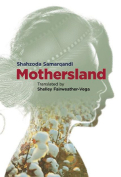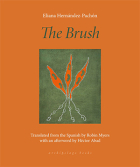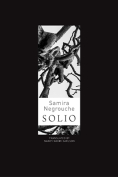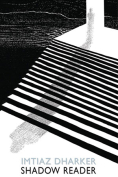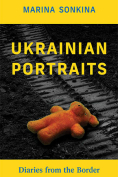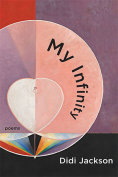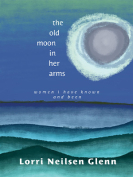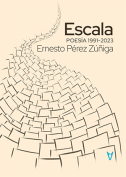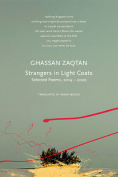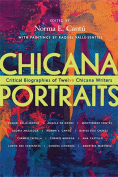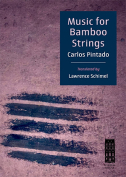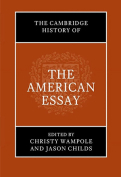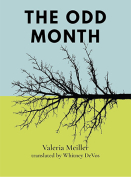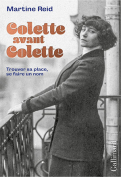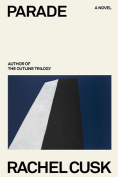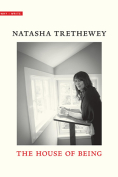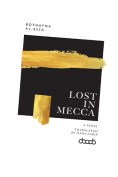Colette avant Colette: Trouver sa place, se faire un nom by Martine Reid
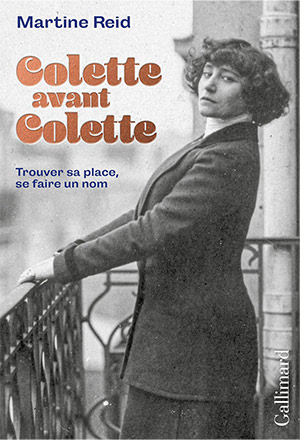 Paris. Gallimard. 2023. 192 pages.176 pages.
Paris. Gallimard. 2023. 192 pages.176 pages.
Opening with the query “Qui est Colette?”, this work examines French author Colette’s journey of self-creation, starting from her given name, Sidonie-Gabrielle Colette, to her identity as simply Colette. In this biographical work, however, the focus goes beyond the name to address “l’histoire des places,” from private life to the public space of literary fame, thus her arrival to having one name (Colette) and “place” or, simply put, literary renown.
In the first chapter, we learn of her complicated family past, the negative impact on her father from having a feminine last name and disability. Reid reads Colette’s life through the “textes les plus clairement autobiographiques” and her “romans à clef”—thus the Claudine series, Sido, and numerous works culminating with La Naissance du jour. In many ways, the work reads as a gloss of Colette’s works, however, Reid’s discussion of Colette’s growing independence, tantalizing life liaisons, as well as her development as a writer will interest many. “Voilà que,” cites Reid from La Naissance du jour, “légalement, littérairement et familièrement, je n’ai plus qu’un nom, qui est le mien. Ne fallait-il, pour en arriver, pour en revenir là, que trente ans de ma vie?” (So it came about that both legally and familiarly, as well as in my books, I now have only one name, which is my own. Did it take only thirty years of my life to reach that point, or rather get back to it?)
Thus begins Reid’s exploration of those thirty years, starting from her village childhood and her young marriage to the dominant force in initiating her writing career, Henri Gauthier-Villars, fourteen years her senior. Reid points to Colette’s childlessness as the realization of her mother Sido’s desires. While several “perhaps” qualifications pepper these initial pages, they soon disappear. Chapter 2 exposes the multiple identities of both Gauthier-Villars and Colette, complicated by Henri/Willy’s prolific and profitable production of novels and dalliances. Colette served as one of his many “nègres,” churning out not only the Claudine series but numerous other books. Reid uses this offensive term on four occasions without any references to support the use of this label over another.
Indeed, for Colette scholars, despite Reid’s familiarity with Colette’s works, supported by well-chosen letters, the lack of proper citation (no mention of page numbers, editions used, and the exceptionally minimal bibliography) will cause consternation despite her erudition. In spite of her husband’s control of her writing, Colette’s voice and experiences emerge. As Reid remarks, Colette’s writing is singular in its blending of forms—a little bit fiction, a little bit autofiction or autobiography or “roman à clef,” as witnessed by her use of first-person narrative. It is this personal nature of her writing that helps Colette separate herself from his control, slowly but surely. Reid shines in showing the continued influences of both Willy and Sido.
For Reid, the entire oeuvre reads as a love letter to Colette’s mother. Nonetheless, 1923 proves to be a pivotal year—that of La Naissance du jour. With the passing of time, Willy’s control over Colette remains ever-present, until she fights for her financial, creative freedom and true change. Two crucial texts, La Naissance du jour and Mes Apprentissages (1936), reveal this growth, according to Reid. The conclusion is concise and presents a good summary of the volume.
At the same time, some contradictions exist. Reid argues that Colette has never hidden her enthusiasm for the “demi-mensonge” (half-lie). Furthermore, La Naissance du jour reminds the reader of the author’s disdain for those who seek her in her own writing, in requesting Vial (a fictional character in the latter work) to “laisse-moi le droit de m’y cacher, fût-ce à la manière de la ‘Lettre volée’” (allow me the right to hide myself in them, even if it’s only in the ‘stolen letter’ manner”).
Yet Reid’s own analysis of Colette’s life appears based primarily on two types of sources—some letters written to family and friends and a vast number of her written texts. Admittedly, Colette’s writing reveals much about her past. However, we cannot ignore that in reading her life through fictional characters and narratives, Reid relies rather heavily on half-truths. That said, while sometimes meandering, Reid provides an intriguing interpretation of Colette’s life, loves, and physicality.
E. Nicole Meyer
Augusta University



